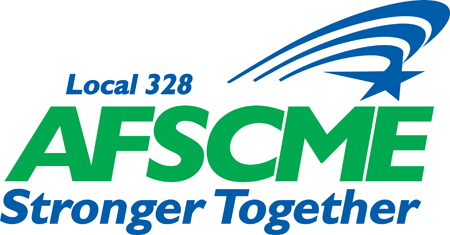Union Dues
There have been several questions lately about our Union dues and what they are used for.On our web site, for general reference, you will find two documents. One is a two-page document containing a pie chart of the general distribution of dues money and a list of the differences between paying union dues and being a fair-share fee payer. The second document is a pie chart showing a breakdown of dues for a person earning $4,185 per month, which is close to an average wage for an AFSCME member in Oregon. OHSU employees average a bit more than that, but the chart will give you a good idea.We are often asked “What do I get for my dues?” It’s a fair question.In addition to paying staff salaries and supplying office space and all the infrastructure that goes with maintaining a state and national organization, you get direct economic benefits.It’s a well-researched fact that union members, on average, earn significantly more than non-union members. But let’s break it down even closer to home than that.All we have to do is look at proposals OHSU made in bargaining this year and during the last contract to see the economic benefit of having a union.This year, OHSU has proposed extending the time to reach the top step in the pay range from 10 years to 17 years. If they succeed in that, it will cost the average OHSU employee about $13,000 in lost wages. If we fight that off and succeed in maintaining the 10-year top-out, that will save the average worker $13,000, and over that period of time she or he will pay about $4,000 in union dues. That’s $9,000 dollars extra in your pocket that you would not have if no one was here to tell OHSU “no.”Let’s look at another case. This one won’t make you happy, but let’s look at it anyway. Last bargaining, OHSU proposed cutting the PERS 6% pickup. Without a union, they would have just done it, and been done with it. We were able to bargain a one-year delay in implementation and an 18-month 5% subsidy followed by a 6-month 3% subsidy. Those subsidies put about $7,800 dollars in each PERS employee’s pocket that they would not have received without a union. During that time, those employees would have paid about $1,700 in union dues. That’s about $6,100 dollars that the average PERS employee gained by having a union.Multiply this by all the nickel-and-diming OHSU would get away with year after year and the big take-backs on health insurance and other benefits that are waiting in the wings when no one is here to stop them.Your 50 bucks a month in union dues is the best investment you have.
